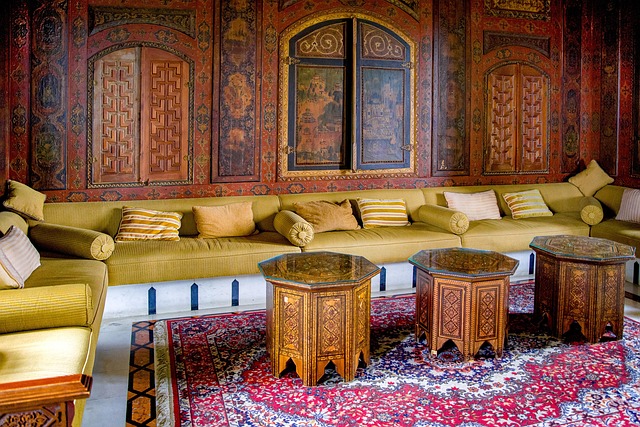Real estate developers and urban planners can enhance neighborhood appeal and well-being by incorporating green spaces, parks, sustainable transportation options, and eco-friendly building practices. These strategies create scenic walking routes, improve air quality, mitigate heat islands, encourage outdoor recreation, foster community gatherings, and promote a culture of sustainability, resulting in healthier, more vibrant, and environmentally stewardship communities.
Encouraging walkable, eco-friendly neighborhoods is a game-changer for urban real estate. By strategically integrating green spaces and parks, prioritizing sustainable transportation options, and promoting eco-conscious building practices, communities can thrive. These initiatives not only enhance quality of life but also drive market demand for environmentally responsible properties. Discover how these key strategies can transform your neighborhood into a vibrant, sustainable hub that attracts residents and investors alike.
Integrate Green Spaces and Parks Strategically

Incorporating green spaces and parks into walkable, eco-friendly neighborhoods is a strategic move that real estate developers and urban planners should consider seriously. These natural areas serve as oases within bustling cities, offering residents opportunities for relaxation, exercise, and connection with nature. Strategically placed parks can enhance the overall appeal of a neighborhood by providing scenic walking routes, encouraging outdoor recreation, and fostering a sense of community.
By integrating green spaces into the fabric of urban living, developers can create vibrant, sustainable communities that attract eco-conscious buyers. Well-designed parks with diverse vegetation not only improve air quality but also mitigate urban heat islands, promoting healthier living environments. Moreover, these spaces can become social hubs for neighborhood gatherings, fostering a strong sense of community and well-being among residents.
Prioritize Sustainable Transportation Options

In the pursuit of walkable, eco-friendly neighborhoods, prioritizing sustainable transportation options is paramount in shaping a greener future for real estate. Encouraging residents to opt for walking, cycling, or using public transit over private vehicles significantly reduces carbon emissions and promotes healthier living. Real estate developers play a crucial role here by integrating dedicated bike lanes, pedestrian pathways, and well-connected public transport networks into their designs. Such infrastructure not only facilitates eco-conscious commuting but also enhances the overall appeal and desirability of residential areas.
Moreover, offering incentives for shared mobility options like carpooling or electric vehicle charging stations can further discourage reliance on single-occupancy vehicles. By fostering a culture that values sustainability and active transportation, real estate communities can contribute to global efforts in combating climate change while creating vibrant, livable spaces that prioritize residents’ well-being and environmental stewardship.
Promote Eco-Conscious Building Practices

In the realm of real estate, promoting walkable and eco-friendly neighborhoods begins with embracing sustainable building practices. Developers can encourage environmentally conscious choices by adopting green construction methods that minimize waste, reduce energy consumption, and incorporate renewable resources. Utilizing materials like recycled steel, local timber, and energy-efficient appliances not only reduces a project’s carbon footprint but also sets a standard for future developments.
Additionally, designing buildings with optimal natural lighting, strategic ventilation systems, and green spaces fosters a healthier living environment while promoting walkability. By prioritizing these eco-friendly practices, real estate professionals can contribute to more sustainable communities where residents are encouraged to reduce their carbon emissions through accessible, nature-integrated living.






